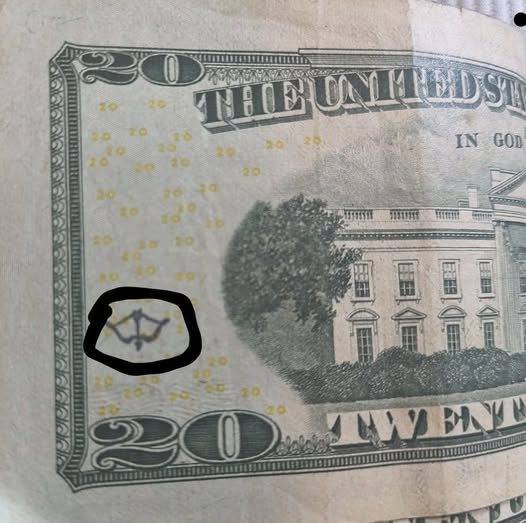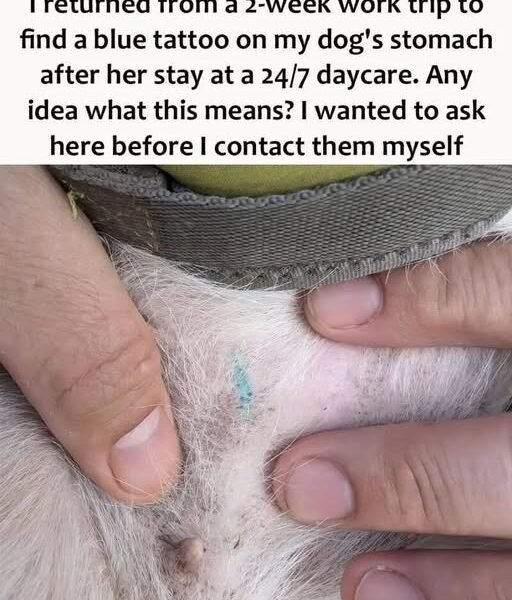Chop Marks: The Quiet Global Journey of U.S. Dollar Bills
Some U.S. dollar bills feature strange marks — small stamps, symbols, or initials not part of the official design. These are known as chop marks, and they tell a story of a bill’s journey through global markets and money exchanges.
What Are Chop Marks?
Chop marks are tiny, stamped symbols placed on bills by currency handlers, primarily in regions like Southeast Asia, Africa, and Latin America. They indicate that the bill has been verified as authentic, easing distrust in areas where counterfeit currency is more common.
Historical Roots
The term “chop” originates from China, a hub for stamped silver coins. Merchants stamped coins to prove their legitimacy. This practice has since extended to paper money — especially U.S. dollars, which circulate widely abroad.
Why Use Chop Marks?
Money changers add chop marks to:
- Confirm authenticity after security checks
- Trace a bill’s journey through local financial systems
- Build trust in areas lacking centralized currency verification
What Do They Look Like?
Chop marks may include:
- Symbols like arrows, birds, or stars
- Stylized initials or unique signs (e.g., a bow and arrow)
They’re usually stamped in blue, black, or red ink, placed carefully to avoid obscuring security features.
Are They Legal?
While U.S. law prohibits currency mutilation that impacts value, chop marks are too minor to violate this. However, some machines or banks may reject bills with excessive markings.
Each marked bill carries a quiet legacy — a trace of its travels and trust earned across the world.


